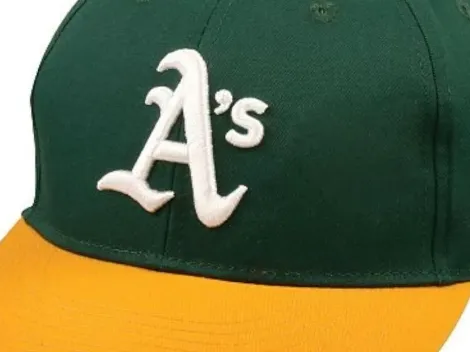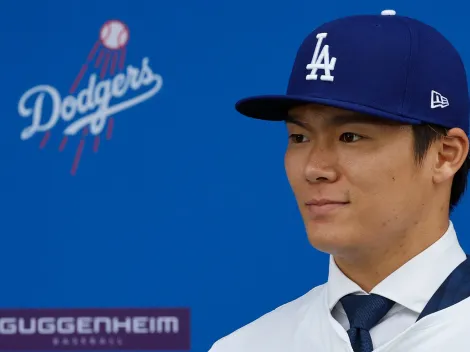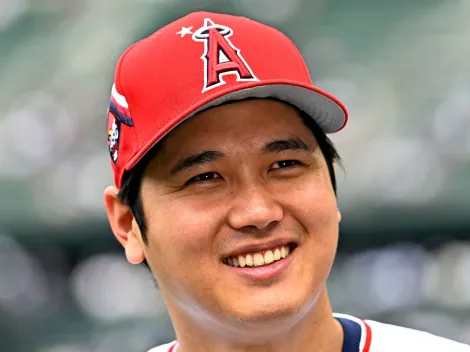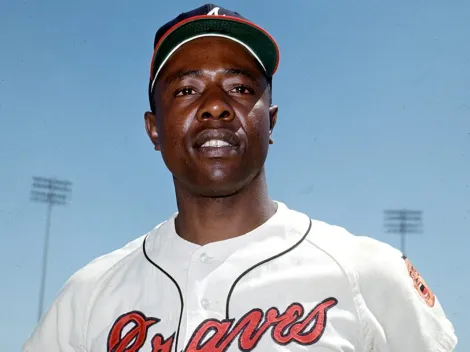A starting pitcher in the MLB usually meant a pitcher that can go the distance, that can dominate a game and get as many outs as possible for his/her team in as many innings as possible. As baseball has evolved and most hitters have become power hitters, managers have had to adjust long time tactics and the concept of the opening pitcher, or opener has been established. Implemented in mainstream baseball by the Tampa Bay Rays in 2018, the opener is in simple terms a relief pitcher who can get as many batters out and then make way for the teams “starting pitcher” usually by the fourth inning.
In certain ways the concept of twitching a pitching rotation has always been around in the MLB, most famously by Tony La Russa when he managed the Oakland Athletics who at the time had a weak starting rotation and La Russa would split the pitchers into platoons, where starters would go until a certain inning before making way for a relief pitcher.
The main concept behind the opener is to unload some of the workload for a starting pitcher that they traditionally had. At his peak for example, Dwight Gooden, or any ace starting pitcher works about 7 innings. By bringing in the aces later it guarantees, in theory, a better down the stretch performance by the man on the mound. Here is the evolution of the opening pitcher in modern day baseball.
How Openers have fared in the MLB
The concept was started by the Tampa Bay Rays in 2018 and then was followed by the Los Angeles Dodgers when they had injuries to their pitching lineup. In the NLCS the Milwaukee Brewers used starter Wade Miley as an opener in Game 5.
By 2019 the Rays have consistently used the concept of the opening pitcher, while the New York Yankees have used it when they were hit by injuries to their starting rotation. The Los Angeles Angels also have used openers, with an opener assisting in a no hitter, Taylor Cole, who then made way for starter Félix Peña.





